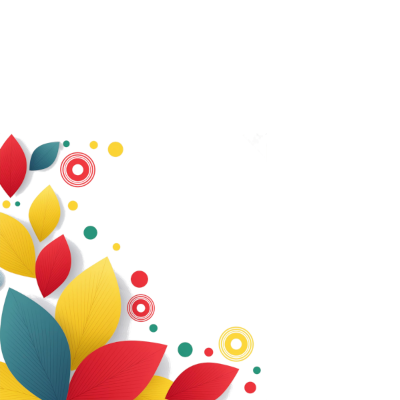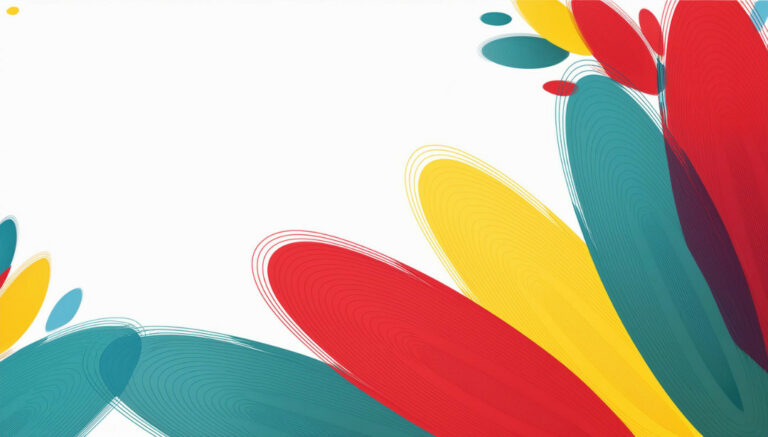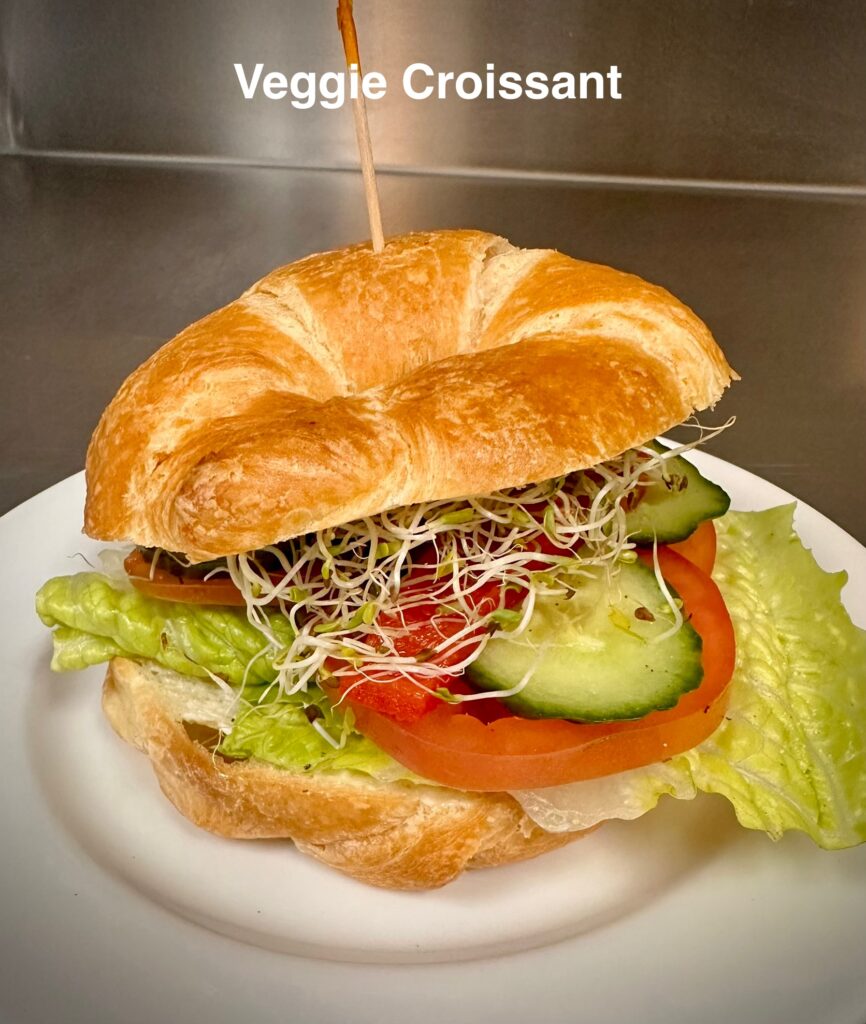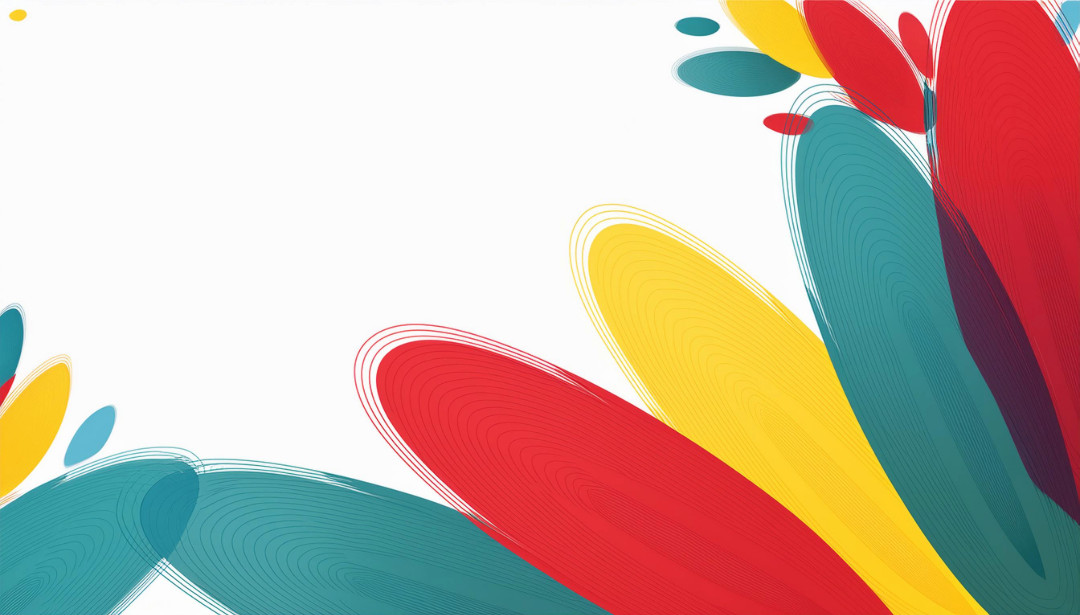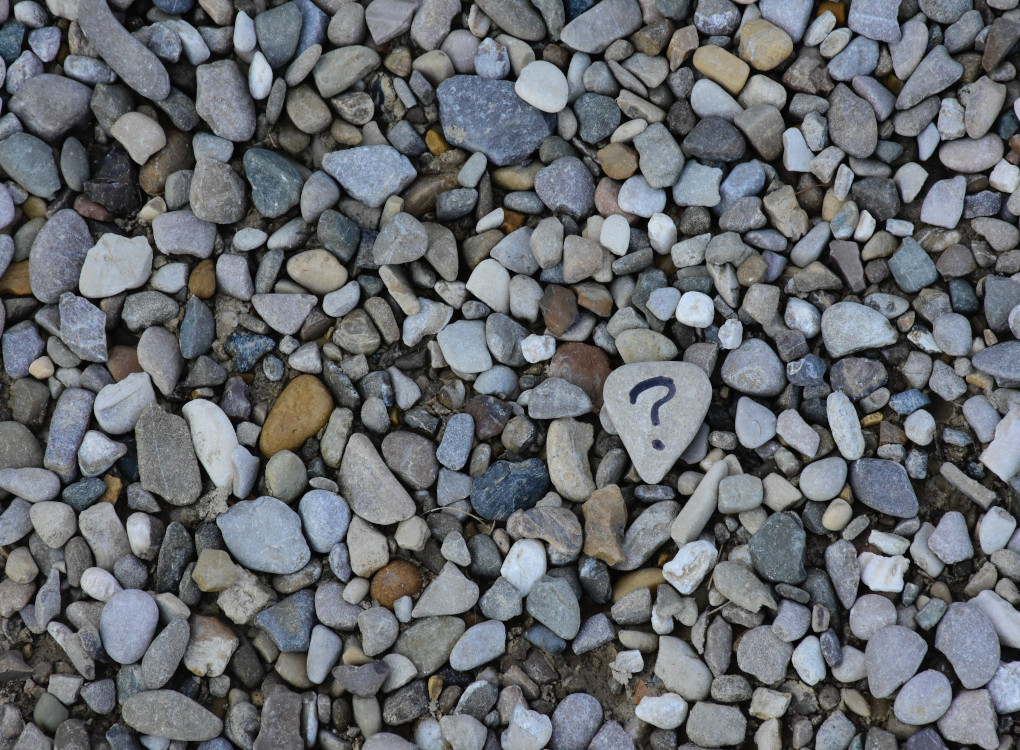Blog
Adding My Own Friction
I was watching a Ted Talks video on bias. After a short while, I felt uncomfortable because it spoke to me. I’ll try to capture some moments that challenged my awareness of my own biases.
The speaker’s research found that when exposed to black faces, the viewer was quicker to see blurry images that they labelled guns than when the picture was of a white person.
Their research also found predictable differences when they analyzed the pictures of many black faces of death row inmates and those serving life. The darker the skin and the more prominent the black features, the more likely the person was on death row. You might want to reread that last sentence to let it sink in.
The more black, the more death-worthy.
In the research they did in schools, teachers tended to treat black students as a group while treating white students individually. When a black student misbehaved, followed by another misbehaving black student a few days later, the teacher tended to treat the second student as a repeat offender.
I took this research under personal advisement. I also realized that this was worth thinking about how I react to other visible minorities, such as Indigenous people.
I was aware of this kind of racial bias, and I had tried to raise my awareness to reduce my biases. I was never sure how I was doing.
These examples made me realize I needed an improved approach.
Friction.
That would help. Friction, in this context, means slowing things down. It puts time between exposure to a situation and my behaviour. It gives me time to think and double-check if you will, my thinking processes.
But how can I add friction?
I can train myself to add a few simple questions. Here’s my first draft of doing this.
How am I treating this person based on what I know about him? ‘Stranger Danger’ is not necessarily a wrong bumper sticker to keep in mind, but it should not be the sole consideration for me as an adult.
If the person was a white stranger, how would my imaginary heart monitor differ in the beats per minute? Of course, this is subjective, but it certainly adds friction.
How can I change my behaviour at the moment to better reflect a more thoughtful assessment of the situation?
When adding friction was introduced to the Oakland Police Department associated with vehicle stops, the number of Afro-American stops dropped by 43%.
Please, give this a bit of a think. Would the idea of adding your friction questions be a positive influence on you? What is one situation you might want to practice? What are a couple of friction questions you could consider?
I’m curious about your thoughts. Please share your bit of a think below.
Photo by Ana Municio on Unsplash
Topic Inspiration:
If you enjoyed The Blog, please share it with others. Thanks.
And my thanks to St. Albert Seniors Association: for making this Blog possible.

Volunteer Blogger





